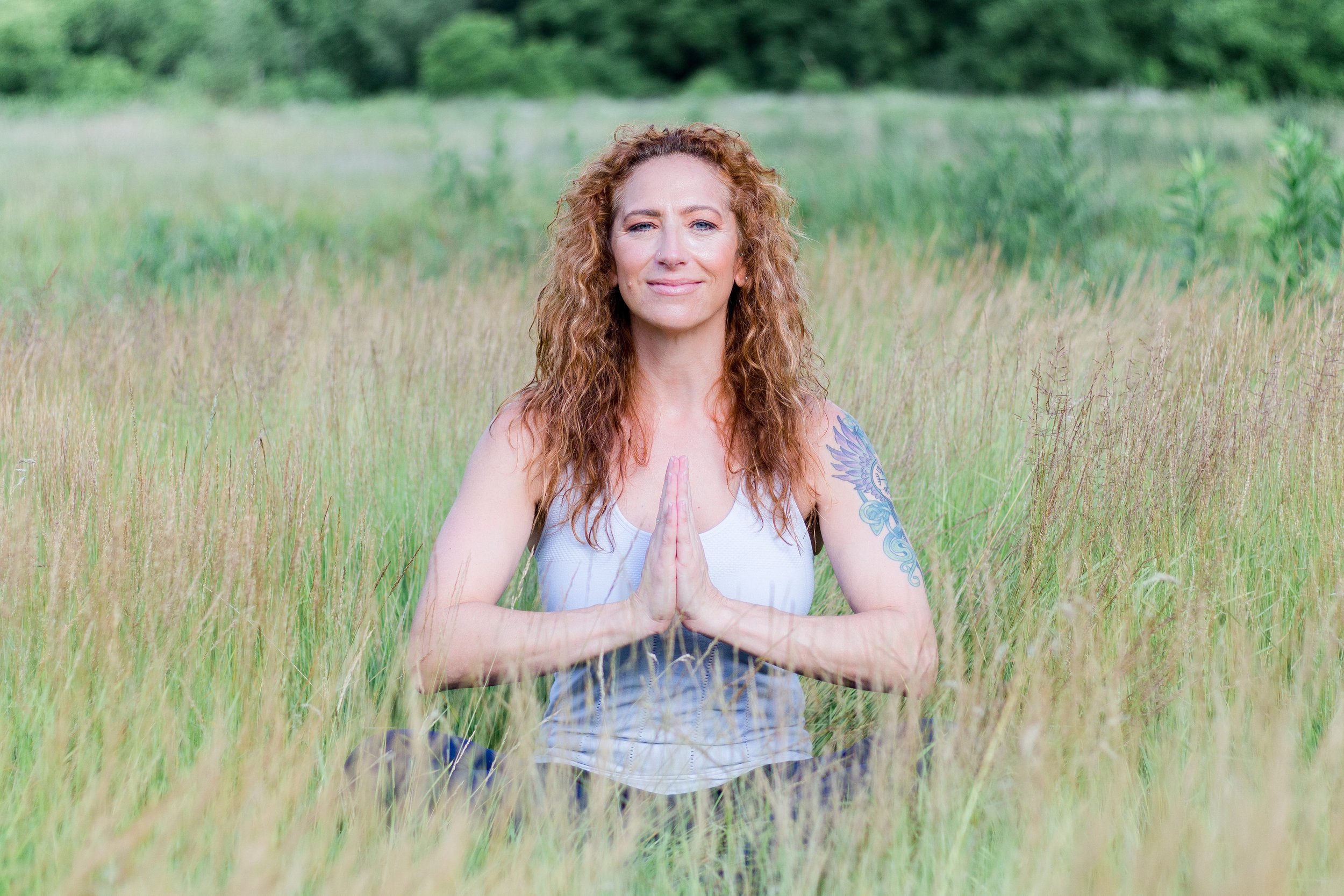We’re all on a quest to reduce stress and increase inner peace in some way. The philosophy of yoga gives us guidance on that path. However, if you’ve never gone through a yoga teacher training it’s unlikely that you’ve come across this guidance in your everyday life.
That’s why I told myself I would make sure everyone has access to this philosophy in a user-friendly way.
After all, you don’t know what questions to ask if you don’t even know something exists.
In the two previous parts of the Yoga for Your Heart and Soul series I talked to you about the Yamas and Niyamas. You can also check out my article in LA Yoga on The Yoga of Decluttering Your Home.
Today I’m taking you deeper into the philosophy of yoga to talk about the three gunas (qualities of energy) that are believed to create all essential aspects of nature – energy, matter, and consciousness. The gunas are:
Tamas – darkness and chaos
Rajas – activity and passion
Sattva – beingness and harmony
Understanding the three gunas is one way you can conceptualize your energy levels so that you can make conscious choices about your self-care.
The word guna literally means “strand” or “fiber” and implies that, like strands of a rope, the gunas (energetic qualities) are woven together to form everything we interact with, including ourselves. Awareness of the gunas tells us whether we are moving forward in life (sattva), running in place (rajas), or losing our way (tamas).
THE THREE GUNAS
Tamas: Manifests as lethargy, dullness, illusion, and heaviness. Tamas can come from ignorance and includes other qualities like: laziness, disgust, depression, helplessness, doubt, guilt, shame, boredom, addiction, apathy, confusion and dependency.
Rajas: Manifests as the energy of passion, emotion, desire, and activity. Rajas binds us to our outcomes through attachment and longing, and includes other qualities like: anger, euphoria, anxiety, fear, irritation, worry, restlessness, stress, courage, rumination, determination and chaos.
Sattva: A state of harmony, balance, joy, and intelligence. Sattva is the guna that we strive for as it reduces rajas and tamas, setting us free from the things that hold us back. Other sattvic qualities are delight, happiness, peace, wellness, freedom, love, compassion, equanimity, empathy, friendliness, focus, self-control, satisfaction, trust, fulfillment, calmness, bliss, cheerfulness, gratitude, fearlessness, selflessness.
HOW THE GUNAS SHOW UP IN YOUR LIFE
All three gunas are present in everything you do.
They are in a constantly shifting relationship with one another. One quality is always more present or dominant than the others, depending on what challenge you’re facing—and, most important, how you respond to it.
When you overreact because someone cut you off in traffic, rajas becomes dominant. If you emotionally shut down to avoid having a tough conversation, that’s a sign that tamas has taken the reins. When you engage in self-care you may experience the sattvic quality of joy.
As you work toward balance the three gunas move around inside of you with one or another showing up more or less. Here are a few examples of what might happen when one of the gunas is dominant:
When we feel mostly sattvic we feel clear, calm and harmonious.
You know those moments when everything seems to click together just right.
A rajasic state means you feel passionate, hyper active, and the mind keeps going, not being able to stop.
This can feel a lot like ADD/ADHD, or anxiety.
It can also be the thing that gets your motor running and gives you the energy to attempt something you’ve been struggling to deal with.
When we feel tamasic we can’t get out of bed, feeling unmotivated, dragging ourselves through the day.
This can feel like depression or lack of motivation and interest.
It can also be the thing that slows you down when you’re getting ahead of yourself, keeping you from tripping on your own feet.
We need all three qualities in our life.
Tamas makes us stop and rest, we need rajas to get us going in the morning, we need sattva to understand and get clarity and wisdom. The way I see it is like a venn diagram with tamas and rajas on either side and sattva in the intersection.
It reminds me of the venn diagram in Dialectical Behavior Therapy (DBT, a form of cognitive behavioral therapy) that finds an intersection between logic and emotion with Wise Mind, the balance between the two.
WHAT TO DO WITH THE GUNAS
Depending on what state you’re in and where you want to be you can decide what actions you need to take. Reducing tamas can help get you more focused and energized, moving toward that rajasic state. Reducing rajas can help slow you down when you’re becoming manic, moving you toward a more tamasic state. Increasing sattva helps to keep both in balance.
To reduce tamas avoid:
Foods like heavy meats and foods that are spoiled, chemically treated, processed or refined
Oversleeping
Overeating
Inactivity
Passivity
Fearful situations
To reduce rajas avoid:
Foods like fried foods, spicy foods, and stimulants
Over-exercising
Overworking
Loud music
Excessive thinking
Consuming excessive material goods
To increase sattva:
Reduce both rajas and tamas
Eat foods like whole grains and legumes and fresh fruits and vegetables that grow above the ground.
Enjoy activities and environments that produce joy and positive thoughts.
STRIVE FOR BALANCE
Listen to your body, it will tell you what you need.
Knowing all these states will follow each other will make it easier to step back and enjoy seeing life unfolding itself and do its thing.
When you find it difficult to pinpoint your energetic state and what to do to find balance, Life Coaching can be integral to your journey.
As an Integrative Life Coach I can help you identify which state you are in and help you create ideas as you how you can find the balance that brings you to that harmonious place of sattva we’re all looking for.


